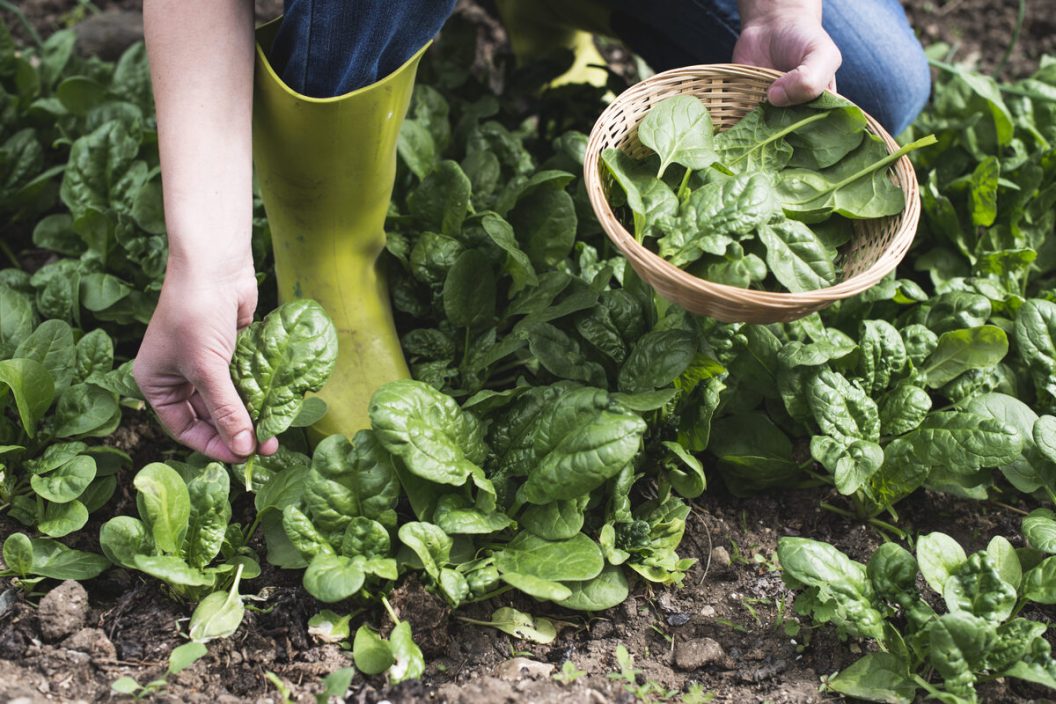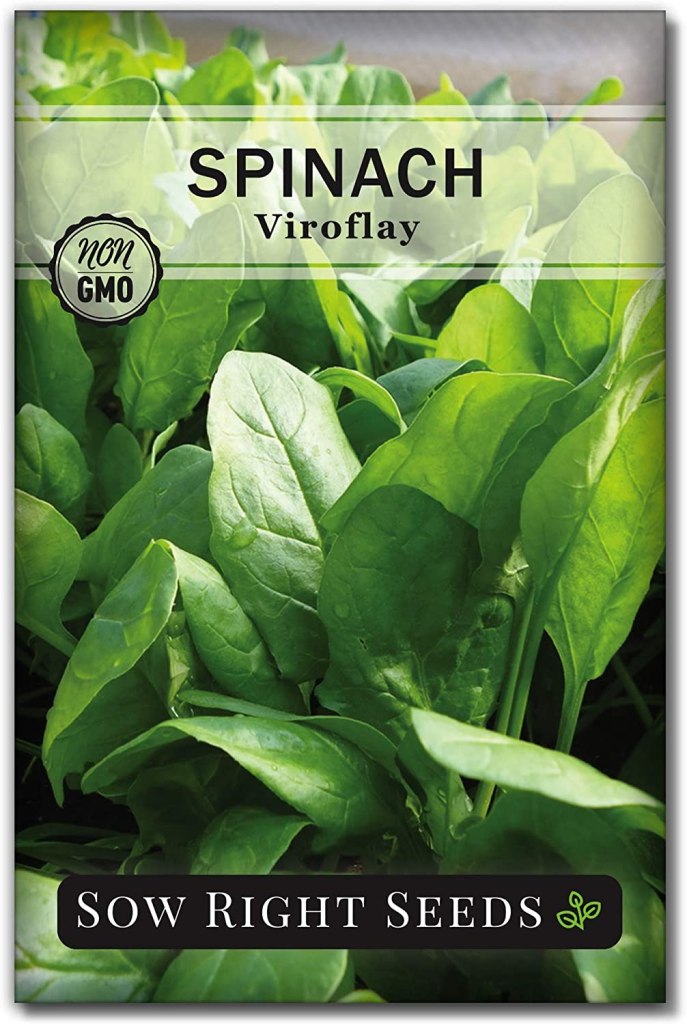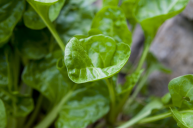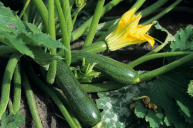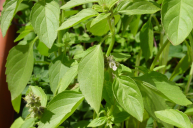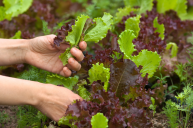As Popeye would say, "Well, blow me down!" Did you know that spinach plants are easy to grow and harvest even inside your home? Spinach is fast growing and does best in cool weather. The growing season is a long one, lasting through early spring, late summer, fall, and early winter.
Videos by Wide Open Country
Spinach seeds have the best germination results in soil that is no warmer than 70 degrees F, so spring and early fall is best for planting. Spinach hates the hot weather associated with the dog days of summer.
Whether you have an outdoor vegetable garden or do indoor container growing, cultivating and harvesting spinach is one of the easiest veggies for growers to start out with. Ladies and gentlemen, start your salad spinners. It's time for spinach.
Growing Spinach Indoors
Choose a container and soil that has good drainage. The soil level needs to be about 8 inches deep and about a foot wide so choose the correct size container. Spinach prefers a window with full sun, but you might still have leafy luck in partial shade. Spinach does need lots of water so check your soil daily to keep it consistent. Make sure not to over water your spinach, as these plants are prone to downy mildew if kept too damp.
If you have an invading but adorable family of squirrels like I do, indoor spinach growing is a perfect way to get your vitamin C rich leafy green spinach without fending off critters and insects such as dreaded aphids. It's no fun spending all that time and effort growing and looking forward to a spring harvest only to see the entire plant devoured by pests.
If you're starting from spinach seeds, you'll have to wait about about 4-6 weeks until you see the baby leaves. For a faster harvest, start with already rooted spinach plants. You'll only have to wait about two weeks for your spinach leaves by getting a head start with this cool season crop.
Whether you're growing indoors or outdoors, make sure that each whole plant has 6-8 inches between each other. If you're using spinach seeds, leave 1 inch between.
Spinach Varieties
Savoy is the most common spinach variety. There's also semi-savoy which has a flatter and more bitter tangy flavor. The variety called New Zealand Spinach is a little different because it's actually a warm weather variety that prefers growing in pots rather than the ground.
How to Harvest Spinach
https://www.instagram.com/p/CMf188ALPA-/
Once the outer leaves on your spinach plants are large enough to eat, get a pair of scissors ready. Start with cutting off the outer leaves, but patience is a virtue at this point in harvesting. Leave the inner leaves attached to keep growing until they're a decent size to eat. These new leaves will become the basis for future delicious harvests. Make sure to pick the outer leaves before they turn yellow and tougher. If you're looking to emulate the baby spinach you find at the store, pick slightly early, as baby spinach is just young spinach (Spinacia oleracea) which is more tender and less stringy.
Cutting off the outer leaves also helps prevent something called "bolting." Bolting is when spinach plants sprout a tail bloom which can give the leaves a bitter taste.
How to Store Your Spinach Harvest
Store spinach in a plastic container or plastic bag wrapped in paper towels. You can store it in your crisper drawer for up to 10 days. The paper towels will absorb any excess moisture. Make sure there's some air flow in whatever container you use so it doesn't start to rot.
Spinach can stay in the freezer for about six months in a freezer bag. Store it with paper towels to keep out excess moisture. Freezing your spinach makes it convenient for throwing into scrambled eggs and quiche.
Watch: How to Preserve Fresh Basil
